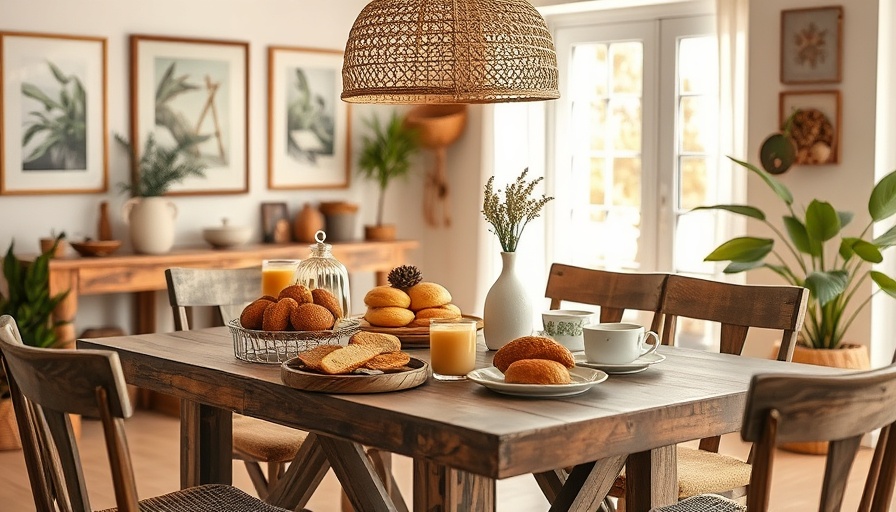
Creating a Cozy Interior Inspired by Cottagecore
In today’s fast-paced world, the desire for a sanctuary where warmth, comfort, and connection to nature thrive is increasingly appealing. The cottagecore aesthetic offers just that—a design philosophy rooted in simplicity and the beauty of everyday life. This style evokes the warmth of a cozy cottage, whether you find yourself in a bustling city apartment or a serene countryside abode.
What is Cottagecore?
Cottagecore is more than just an aesthetic; it’s a lifestyle choice that emphasizes nostalgia, simplicity, and comfort. It’s the feeling of curling up with a good book by the fireplace, sipping tea while watching the world outside, and filling your home with meaningful, handcrafted items. As Indoora World expresses, Cottagecore is a state of mind, focusing on atmosphere and emotion rather than just physical space.
9 Tips to Transform Your Space
To help you embrace this nurturing style, let’s explore nine essential tips that will transform your space into a cozy haven.
1. Incorporate Timeless Textiles
No cottagecore interior is complete without the comfort of thoughtful textiles. Heavyweight linens, soft cottons, and vintage-inspired fabrics create a sense of ease and natural beauty in your home. Consider incorporating earthy color tones that resonate with nature and enhance your space’s grounding quality.
2. Embrace Handmade Items
Handcrafted decor adds a personal touch to your interior. Opt for items that feature natural textures, such as woven baskets, hand-thrown ceramics, and quilts with sentimental meaning. These elements not only add warmth but also tell a story, inviting nostalgia into your living space.
3. Create Inviting Sitting Areas
Establish cozy nooks that encourage relaxation and intimacy. A comfortable chair with a soft throw blanket, paired with a side table for a warm drink or a stack of books, creates an inviting area where you can unwind. Integrate candles or fairy lights to enhance the ambient glow.
4. Celebrate Nature
Bringing the outdoors inside is a hallmark of the cottagecore aesthetic. Use green plants, fresh flowers, or even dried floral arrangements to infuse life and color into your home. This connection to nature not only beautifies your space but also uplifts your mood.
5. Utilize Vintage Finds
Shopping at thrift stores, flea markets, or antique shops can yield unique treasures that add character to your home. Look for vintage kitchenware, rustic furniture, or charming art pieces that speak to your personal journey. These additions make your home feel truly special.
6. Layer Natural Materials
Opt for organic materials like wool, cotton, and wood. Layering these natural textures creates depth and warmth, establishing a cozy atmosphere that celebrates craftsmanship. Wooden furniture pairs beautifully with soft textiles for a balanced look.
7. Personalize Spaces with Memories
Inclusion of family heirlooms or nostalgia-inducing decor personalizes your home. Items that invoke shared memories or celebrations create warmth and connection, transcending the mere aesthetic.
8. Invite Light to Flow
Natural light contributes to a peaceful ambiance. Use sheer curtains to allow sunlight to filter through while maintaining a degree of privacy. Position mirrors strategically to bounce light around the room, enhancing the openness and warmth.
9. Engage in Daily Rituals
Finally, adopting simple pleasures in your daily life—like brewing a cup of herbal tea, relishing quiet moments, or nurturing plants—adds to the cozy energy of your space. Emphasizing these rituals creates a sense of fulfillment and peace.
Conclusion
Transforming your home into a cozy, cottage-inspired sanctuary is a journey of self-expression and creativity. By embracing these nine tips, you can cultivate a warm and inviting interior that nurtures your spirit and celebrates the beauty of everyday life. So, why not start creating your comfort space today?
 Add Row
Add Row  Add
Add 




Write A Comment